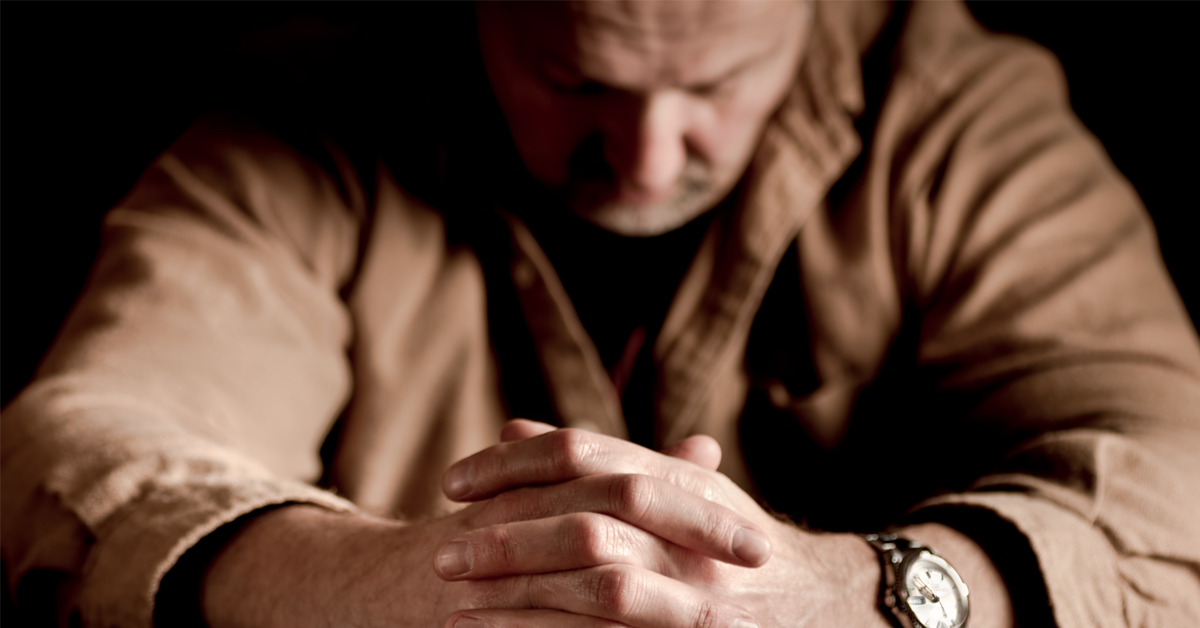Ending the cycle of domestic violence
It starts in the home.
It starts with changing beliefs.
It starts with educating others.
It starts with ensuring more protection and support for victims.
And it starts with holding abusers accountable.
At every opportunity, in every context, domestic violence must be stopped.
All too often, we’ve seen that violence against women and children is learned behaviour. Boys who have grown up in abusive homes or who have been abused themselves are more likely than those who haven’t to continue the intergenerational cycle of domestic abuse, unless they receive intervention and support (Statistics Canada, 2014). Studies also show that girls who are abused as children are more likely to become victims as grown women. Emerging research is showing us that non-binary or gender fluid children who experience abuse for their lack of conformity to traditional gender roles are more likely to experience domestic violence as adults. This is why ending abuse starts with challenging beliefs that devalue others for any reason, but particularly for their gender identity. And we must ensure that everyone has support - the abusers as well as the victims.
We won’t be effective in the struggle to end domestic violence without understanding the broader context that condones these behaviours and without ending the cycles of violence that continue from generation to generation. This means that along with support for the victims, it is imperative that we learn to support the abusers to change their behaviour as well. We now know that abusive behaviour is deeply rooted in belief systems and myths of inequality, or learned from a history of personal abuse. This means that in order to stop the cycle, we must understand the abuser’s previous life circumstances, upbringing and history in a counselling context while holding them accountable for the unacceptable behahaviour.

What about the abusers?
Many times, men who use violence against their partners or children have experienced abuse themselves when they were children, or have observed abuse in other relationships while growing up. In some communities, men are also socialized to conform to male stereotypes, which reinforce controlling behaviours.
A critical, and often overlooked step, in ending an intergenerational cycle of domestic violence, is to make sure that the abusers also have support. While this will look much different than the support provided to the victims, it is equally important. This can come in the form of counselling to understood their own history and where the abuse was learned. At the same time it is important to hold those who use abusive behaviour accountable and to be clear that there are consequences for harming others. An initial conversation with the abuser can be helpful. When we can engage men in the conversation and fight against domestic abuse, we can all better work together to help end family violence.
Teaching Children
Children who grow up with abuse need and deserve counselling and support. It is imperative that they understand both that abuse of any kind is never okay, and that any abuse they experienced or witnessed was never their fault. While we ensure that every victim in a household has appropriate support and counselling, we can also work on teaching children that abuse is unacceptable. Intervention at every opportunity and for every person involved is necessary (victims, children, and abusers).
But How Do We Begin?
While it may seem like an obvious statement, we must first recognize the abuse before we can help. As we’ve learned in the aftermath of many tragic situations, it can sometimes be very difficult to know what happens behind closed doors. Canadian studies point to the staggering fact that the majority (67%) of those who reported childhood physical and/or sexual abuse did not speak to anyone about the abuse before the age of 15. It is also important to note that this same study shows that the victims who did talk to someone, were more likely to have spoken to family or friends than to police or child protection services. This emphasizes why the Neighbours, Friends and Families campaign is so imperative. Those closest to victims are often the ones who first notice warning signs, even subtle ones. Our work to educate everyone about the most common warning signs of domestic abuse as well as how to talk to and help someone being abused, is vital to the effort to decrease rates and end domestic violence. Whether it is a family member, a friend, a teacher, a neighbour, or a healthcare worker, there are always steps that each of us can take in responding to instances of abuse against women and children.
Once we understand how to recognize the signs, how to help, and the importance of support and counselling for all involved, we have begun to work toward greater change that will see the end of intergenerational cycles of violence.
Resources:
https://www150.statcan.gc.ca/n1/pub/85-002-x/2016001/article/14303/01-eng.htm
